75% Wage Subsidy for COVID-19 – Canada Emergency Wage Subsidy
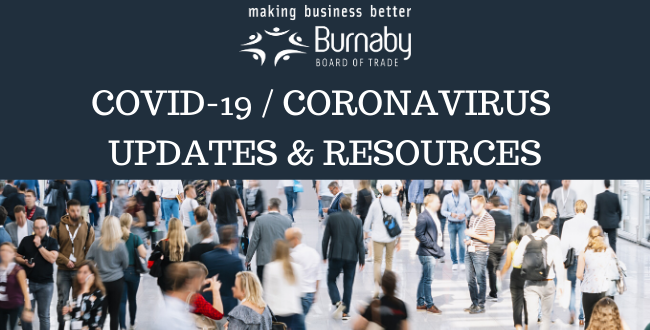
To support businesses facing challenges due to COVID-19 economic slowdown, businesses, non-profits and charities are eligible for subsidy to help cover the costs of the wages paid to their employees.
The Canada Emergency Wage Subsidy provides a rebate payment to help cover the costs of wages paid during COVID-19. The program consists of two parts — the 75% wage subsidy which was in effect May 15 through July 4, and a baseline wage subsidy and top-up program which is in effect July 5 through December 19. For official government information on the Canada Emergency Wage Subsidy program please click here
This page provides information on the original 75% wage subsidy from May 15 through July 4. For information on base wage subsidy and top-up program running July 5 to December 19, click here.
Eligibility:
- All businesses, non-profits, and registered charities that have seen gross revenues decline by at least 15% in March and 30% in April, May and June compared to the same month in 2019 (revenue for this purpose would be revenue from business carried on in Canada, and calculated using the employer’s normal accounting method).
- For those companies for which a year-over-year comparison would mean they are ineligible, they will also have the option of comparing March/April/May revenues to the average of their January and February 2020 revenues to show the needed 15% and 30% declines. You may only use one method of calculating revenues for the duration of the program.
- Non-profits and charities can choose to include or exclude government funding sources when they calculate their 15% and 30% declines, and would not include revenue from not-arms-length persons.
- Applicants can recognize revenue either on a cash basis or on an accrual basis, but must choose one method for the duration of the program.
- Must have an existing business number and payroll program account with the CRA
- Must pay salary, wages, bonuses, or other remuneration to an employee
- There is no cap on the number of employees or size of payroll
- For those businesses not eligible for the 75% wage subsidy, the previous 10% wage subsidy is still available
Subsidy Amount:
- The subsidy will cover 75% of the first $58,700 in salary, providing up to $847 maximum per week per employee
- The actual amount an employer will receive will be calculated per employee as the greater of
- 75% of the actual wages paid, up to a maximum benefit of $847 per week; and
- the lesser of: the actual wages paid in a week, 75% of the employee’s pre-crisis weekly pay, and $847 per week.
- This means if an employer pays equal to or less than 75% of the baseline pay for an eligible employee, the employer is eligible for a 100% wage subsidy in respect of that employee
- There is no overall limit on the subsidy amount that an eligible employer may claim.
- An eligible employer’s entitlement to this wage subsidy will be based entirely on the salary or wages actually paid to employees
- For employees which are getting paid using the subsidy, but are not doing any work for the company, (on leave with pay) the employer is also able to apply for a 100% refund for employer-paid contributions to Employment Insurance and the Canada Pension Plan for the weeks the employees are not doing work. Employers still both collect and remit payments for these programs, but apply for this refund during the wage subsidy application.
- The amount of subsidy received will be less whatever subsidy the employer was eligible for via the 10% Temporary Wage Subsidy program regardless if they have used that program yet or not. Eligible employers should reduce their remittance in accordance to the 10% program.
- The subsidy will be less any monies employees have earned through a EI Work-Sharing program
How to Apply and Get the Subsidy:
- Organizations will need to apply directly to get the subsidy through the Canada Revenue Agency here
- Applicants will make a legal attestation/declaration that they meet the 15%/30% criteria
- The subsidy will work like a rebate, with each application covering the wages paid during a specified reporting period
- Once an employer is found eligible for a specific period, they would automatically qualify for the next period of the program. For example, an employer with a revenue drop of 30% in April would qualify for the second (April 12-May 9) and third periods (May 10-June 6) of the program
- The gross revenue used to calculate eligibility will be based on the month that each reporting period starts in (see table below)
Eligibility Periods
The table below outlines each claiming period and the period in which it has a decline in revenue of 30 per cent or more.
| Claiming period | Reference period for eligibility | |
|---|---|---|
| Period 1 | March 15 – April 11 | March 2020 over March 2019, OR over the average of January and February 2020 |
| Period 2 | April 12 – May 9 | April 2020 over April 2019 OR over the average of January and February 2020 |
| Period 3 | May 10 – June 6 | May 2020 over May 2019 OR over the average of January and February 2020 |
| Period 4 | June 7 – July 4 | June 2020 over June 2019 OR over the average of January and February 2020 |





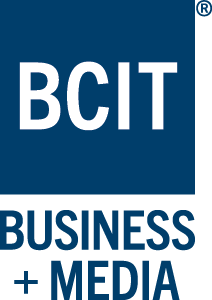







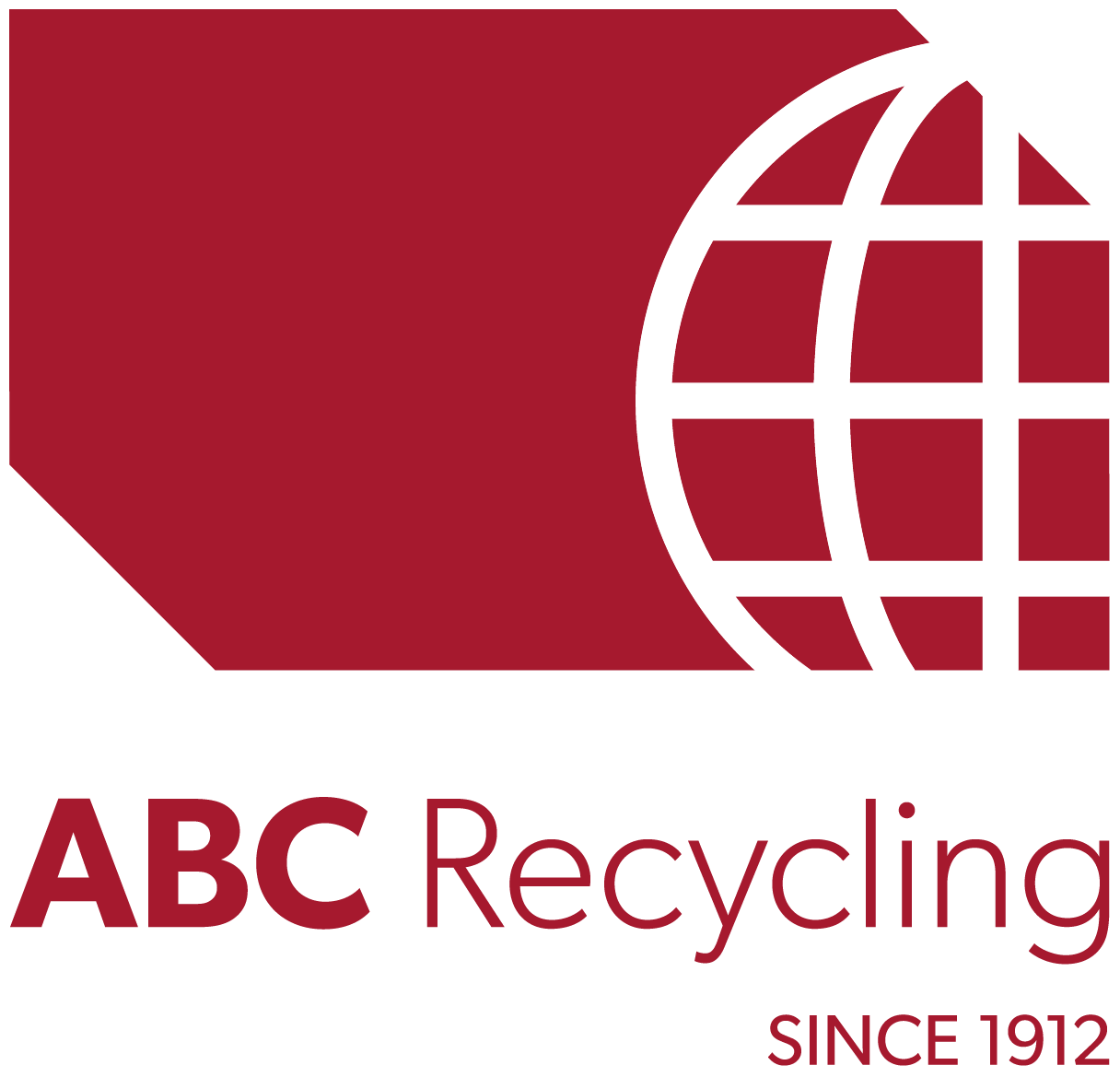
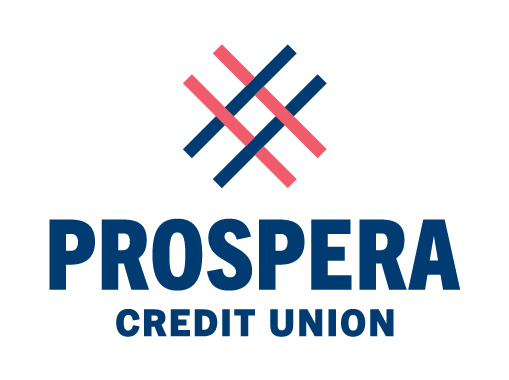
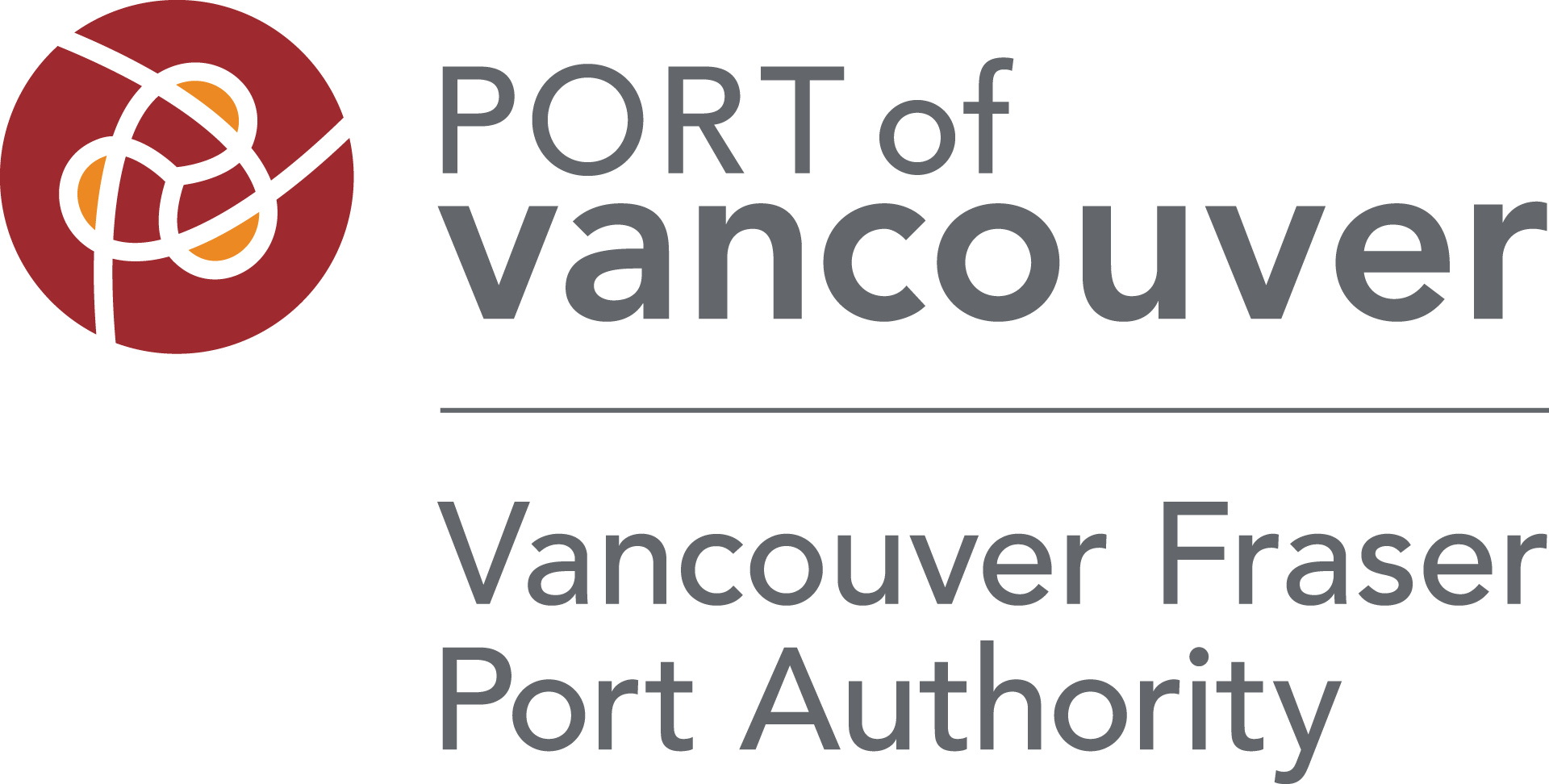

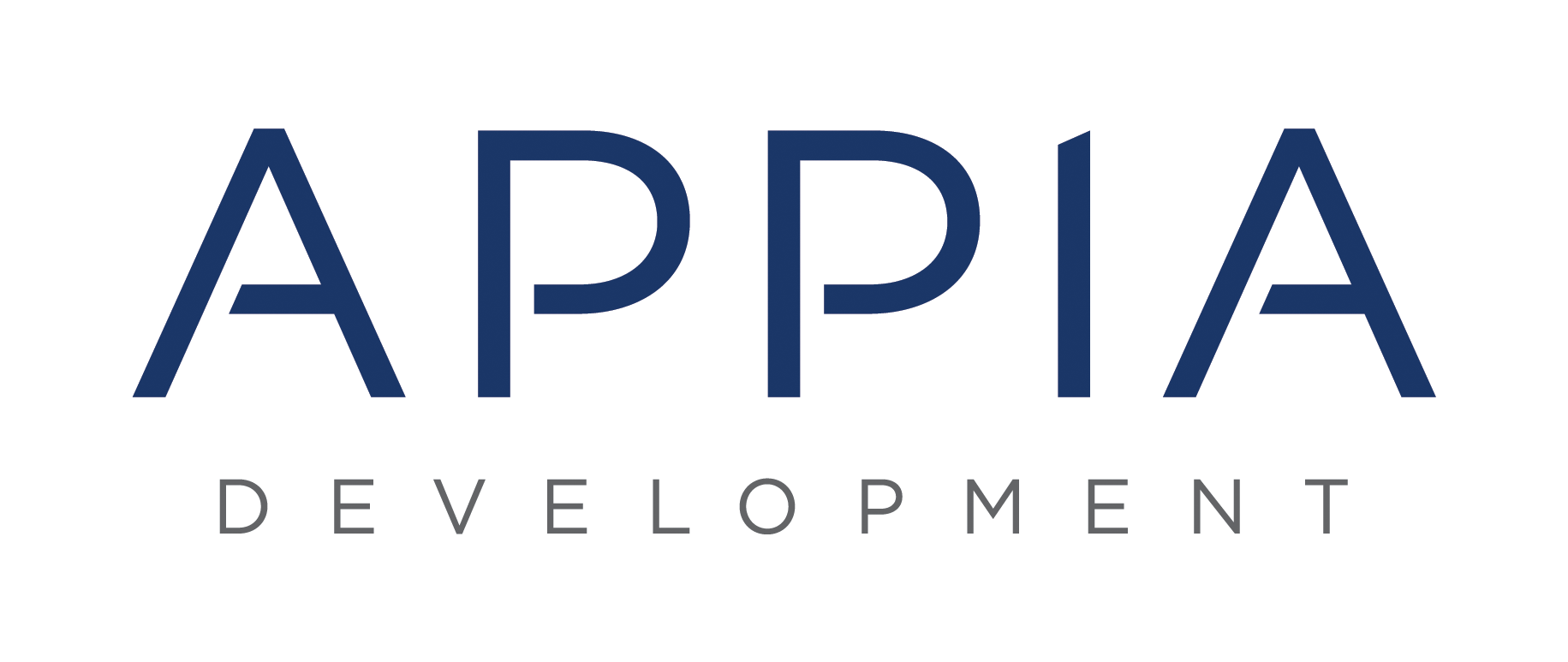
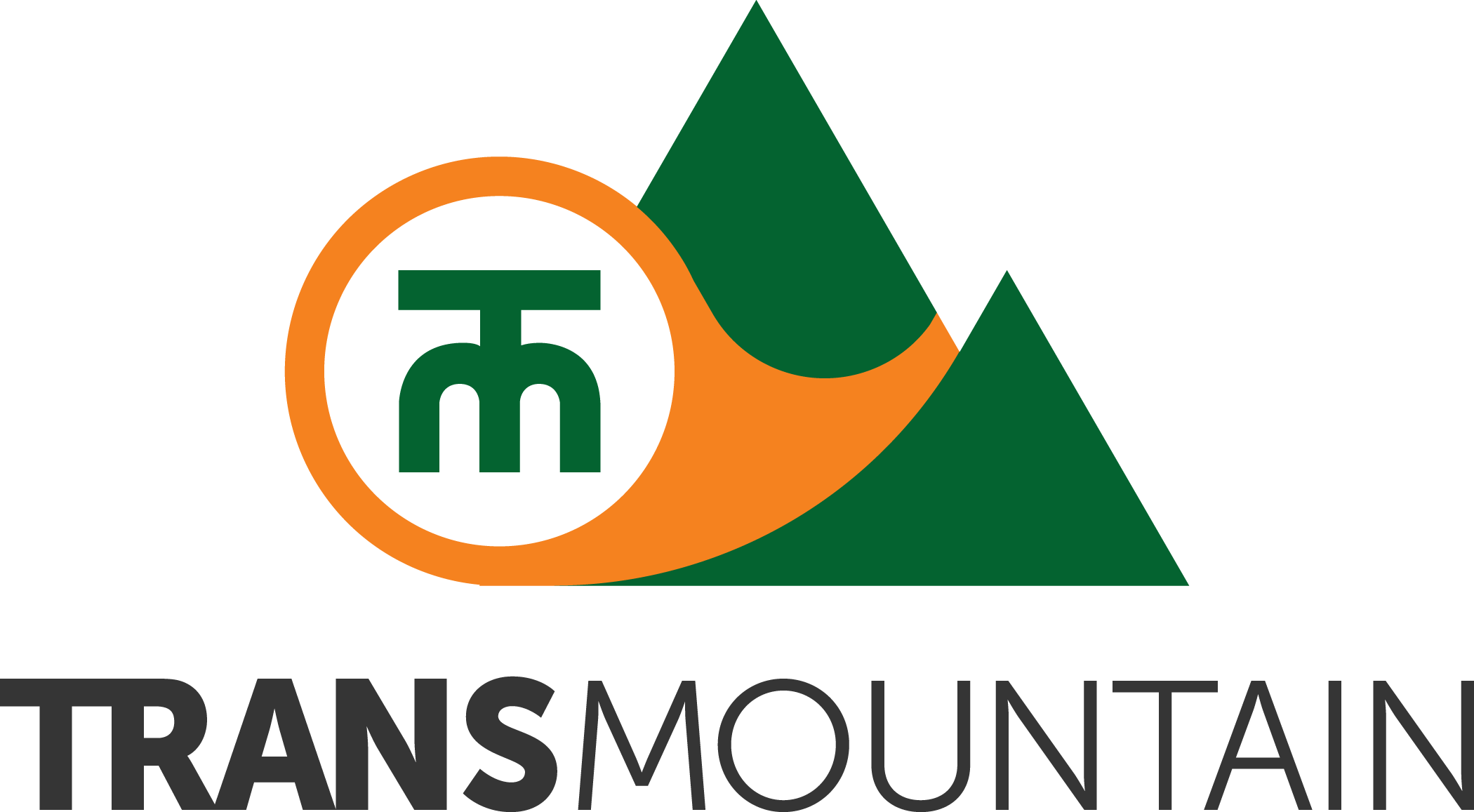
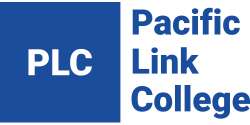
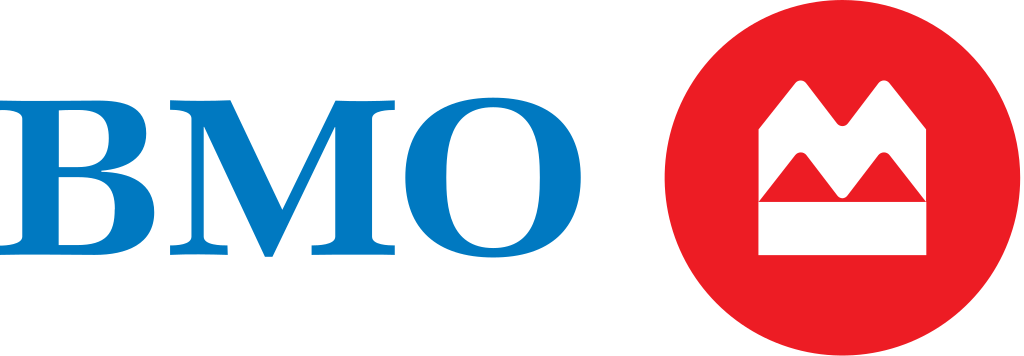
connect with us